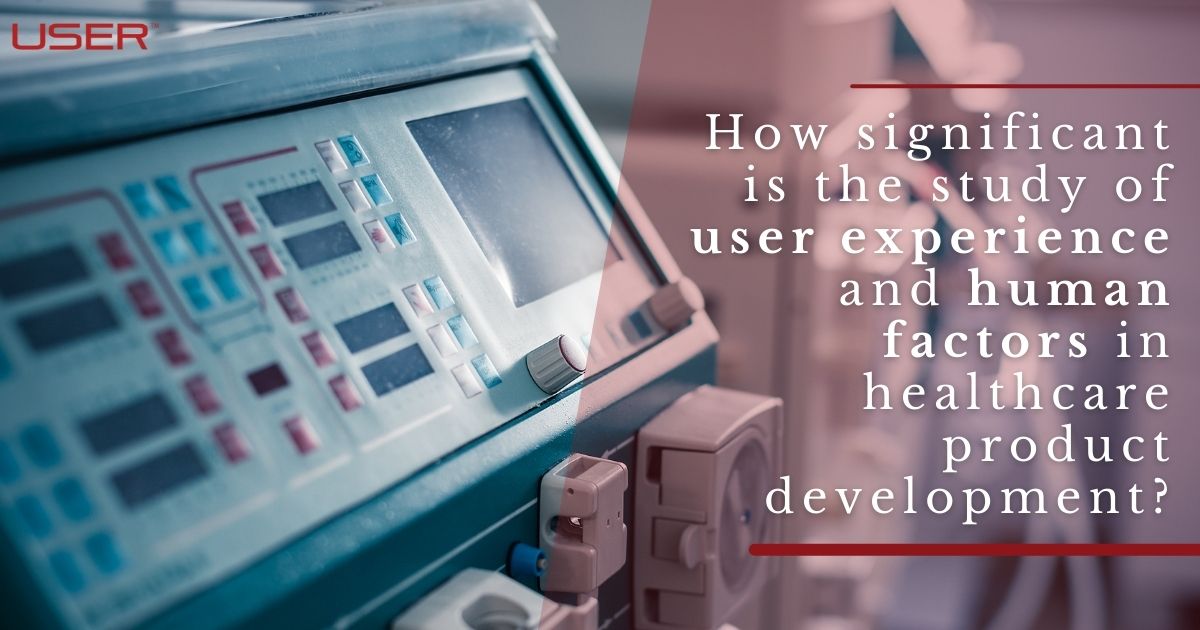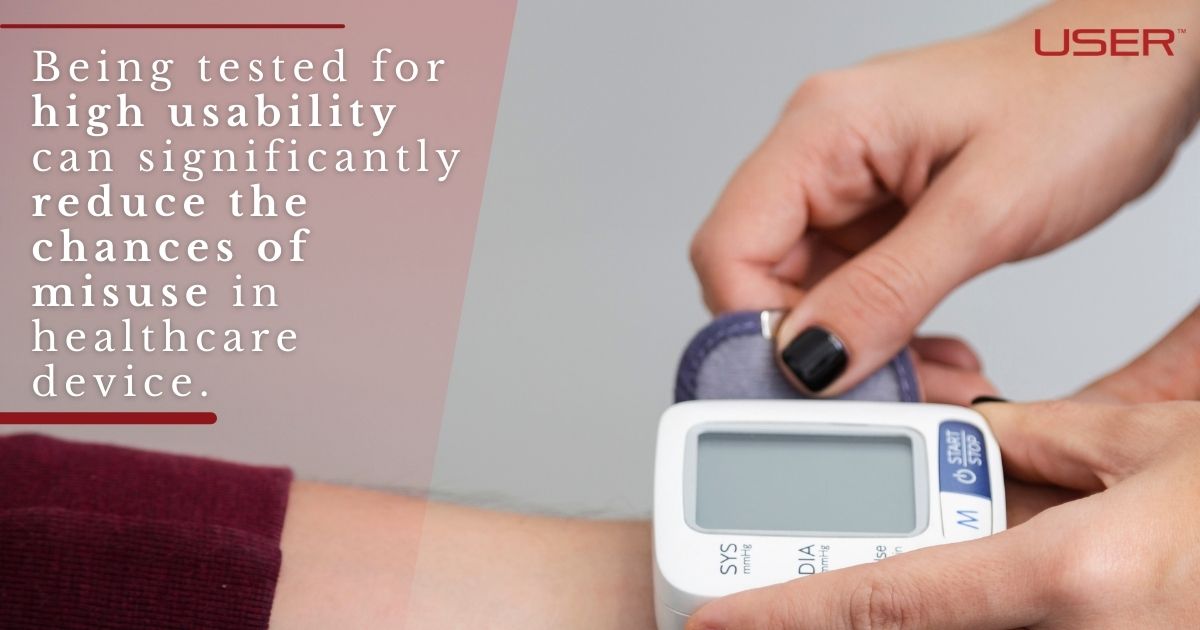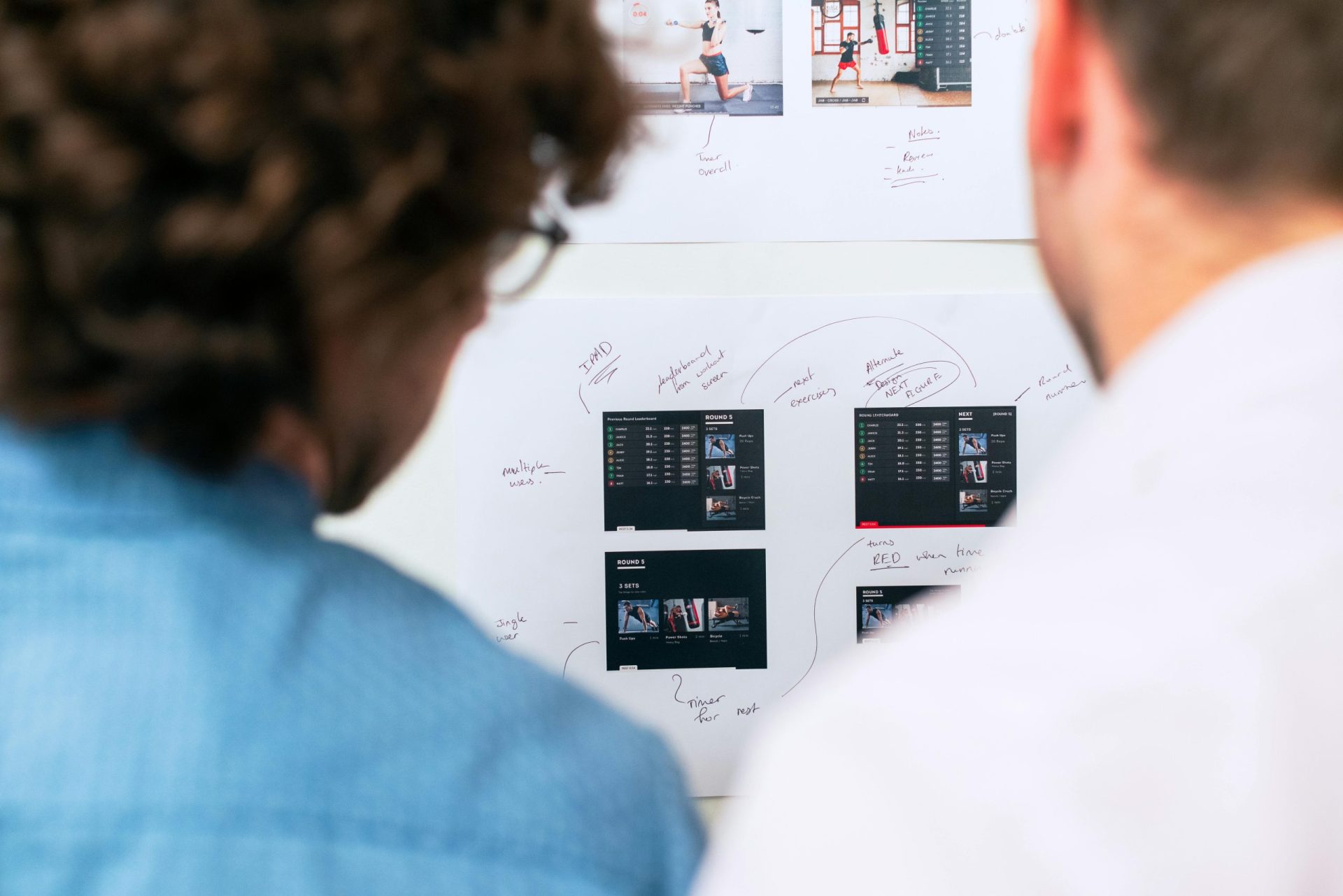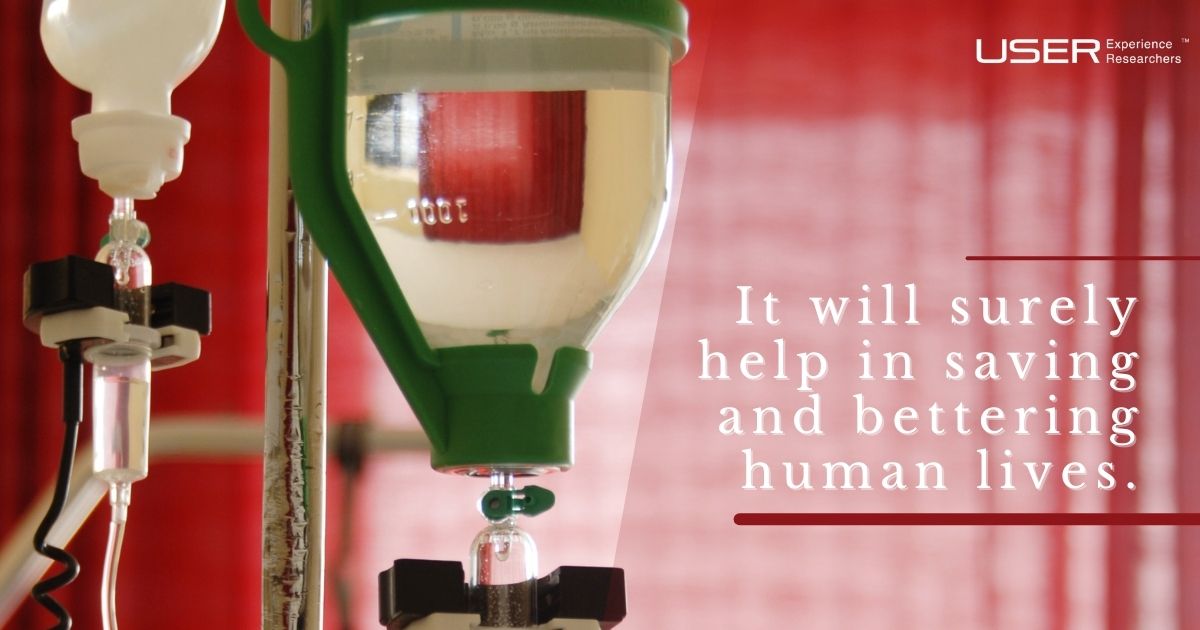Throughout history, mankind has utilised technology not just to improve lives – but also to save them. Here’s a story to serve as an example (names and other details are withheld for privacy):
In a report documented in a case study compilation of medical device accidents for the Saudi Food and Drug Administration (Saudi FDA), one of the cases told a harrowing lesson on human factors and how usability testing services could have helped.
In a certain hospital pharmacy, an automated solution compounder was used to mix dextrose and water for use in intravenous solutions (IV). When the resulting bag of fluid was used, the patient who received the solution did not respond to the applied dextrose therapy. Later inspection of the solution bag’s contents revealed that the mix was sub-optimal and resulted in the patient sustaining a neurologic injury.
Upon investigation, it was discovered that the incident was the result of a number of human-related errors. These included faulty hospital patient data management policy implementation, user errors in programming the device, and poor incident reporting due to the newness of the technology at the time.
This is one of the many stories of accidents, misuse, and examples that serve as lessons for medical professionals, pushing the demand for usability testing services on healthcare devices. In the age of digital apps and linked medical devices, some interconnected through the Internet of Things (IoT), just how significant is the study of user experience and human factors in healthcare product development?
The Effects of Human Factors in Usability
As inventors continue to develop devices and interfaces for healthcare, so do the need to mitigate risks regarding their use. To minimise potential misuse, a medical device or software must ideally have a usability study conducted to ensure it can be used properly by its intended users.
In studying how to mitigate risks and improve a healthcare device’s output, it is crucial to know two essential things: human factors and usability. Human factors basically revolve around the application of human capabilities and limitations on the design of interfaces and devices, while usability, as defined by ISO/IEC 62366:2007, Definition 3.17, is the quality of an interface’s effectiveness, efficiency, and ease of user learning and satisfaction.
In the case of the IV compounder and related devices in hospitals, usability studies would have contributed to reducing erroneous processing by users. One possible solution to such a problem would be to add an app for healthcare devices with automated features, which could create a more efficient decision pathway for users.
Having a well-designed app that takes in decision-making paths and interaction methods (human factors) as well as being tested for high usability can significantly reduce the chances of misuse in healthcare devices.
Taking the User into Consideration
How can usability be measured or graded accurately? There are a plethora of methods, but perhaps one of the most effective would be through UX testing or user experience testing.
In this process, test users are tasked to interact with a device and its interface; data collected from the session include how much of the intended results were achieved by the users, as well as their perspective on how easily it was achieved or not.
The United States FDA created a draft for human factors guidance, which included regulations, standards, risk control, validation studies, and many more aspects in studying human factors for medical device uses. Still, other organisations and researchers expanded on existing studies, such as extended protocols for usability validation.
These studies and refinements in improving human-and-machine interaction for the healthcare industry can lead to helping users not only avoid costly operational mistakes, but also device manufacturers and software developers in delivering highly-functional and effective products.
Once the device usability can be accurately measured, researchers can then determine with confidence the specific areas to improve on the device and its interface. As a device and its UX factor improves, so does the entire product’s value.
Securing the Development Process
Going back to the example of the IV compounder incident above, it’s easy to see that an extended usability test or validation period may reveal more potential errors in user-device interaction.
Finding possible interaction errors in the UX testing stage could prevent situations such as the one included in the Saudi FDA report. With effective and strict usability testing, a medical device manufacturer can improve time-to-market, product quality, and help streamline the device’s user interface and operation.
In today’s app-driven world, the use of more advanced software can help in averting misuse or help guide users to proper and efficient use paths. For the safety of both the user and/or the benefactor (i.e., the patient), it is important that the medical device software reduces the risk of user-induced operational errors, especially for critical tasks.
But first, the software developer and device manufacturer have to identify what the device’s critical tasks are first. The US FDA’s guide for industry and its own staff outlines several analytical approaches to identifying critical tasks, such as task analysis, heuristics analysis, contextual inquiry and interviews, reviews by experts, simulated-use testing, among others.
This, however, presents another problem in the industry: governance. With medical apps, especially those made available through mobile phones, operating devices need a safety net that both manufacturers and industry regulatory bodies should consider.
Portable health devices, health-related smartphone apps, and other implements outside formal care institutions can represent risks to users if developers are not knowledgeable about new industry standards.
Fortunately, many agency-based digital health solutions providers are compliant with existing protocols and coordinate regularly with medical authorities.
Conclusion
Improving medical devices by considering and applying human factors and usability engineering involves many processes, but the results will surely help in saving and bettering human lives. Creating standards for apps surrounding human-machine interaction through usability testing services and validation will ultimately raise the quality of the digital health ecosystem by reducing user-induced errors.
It would be best for manufacturers and health institutions developing their products to have an in-house development team. If that cannot be done, the next best option is to partner with reliable software development agencies with a history of working for the healthcare industry. These companies, such as User Experience Researchers Singapore (USER) in Singapore are best-equipped with knowledge, capabilities, and compliance to industry regulations.
USER is a pioneer digital transformation leader that has helped some of Asia’s biggest healthcare providers in delivering app-based solutions, providing the base app for them as well as usability testing and validation. For enquiries or more information about USER’s services, reach out to us via https://dev-user-website.useritech.com/contact/.







